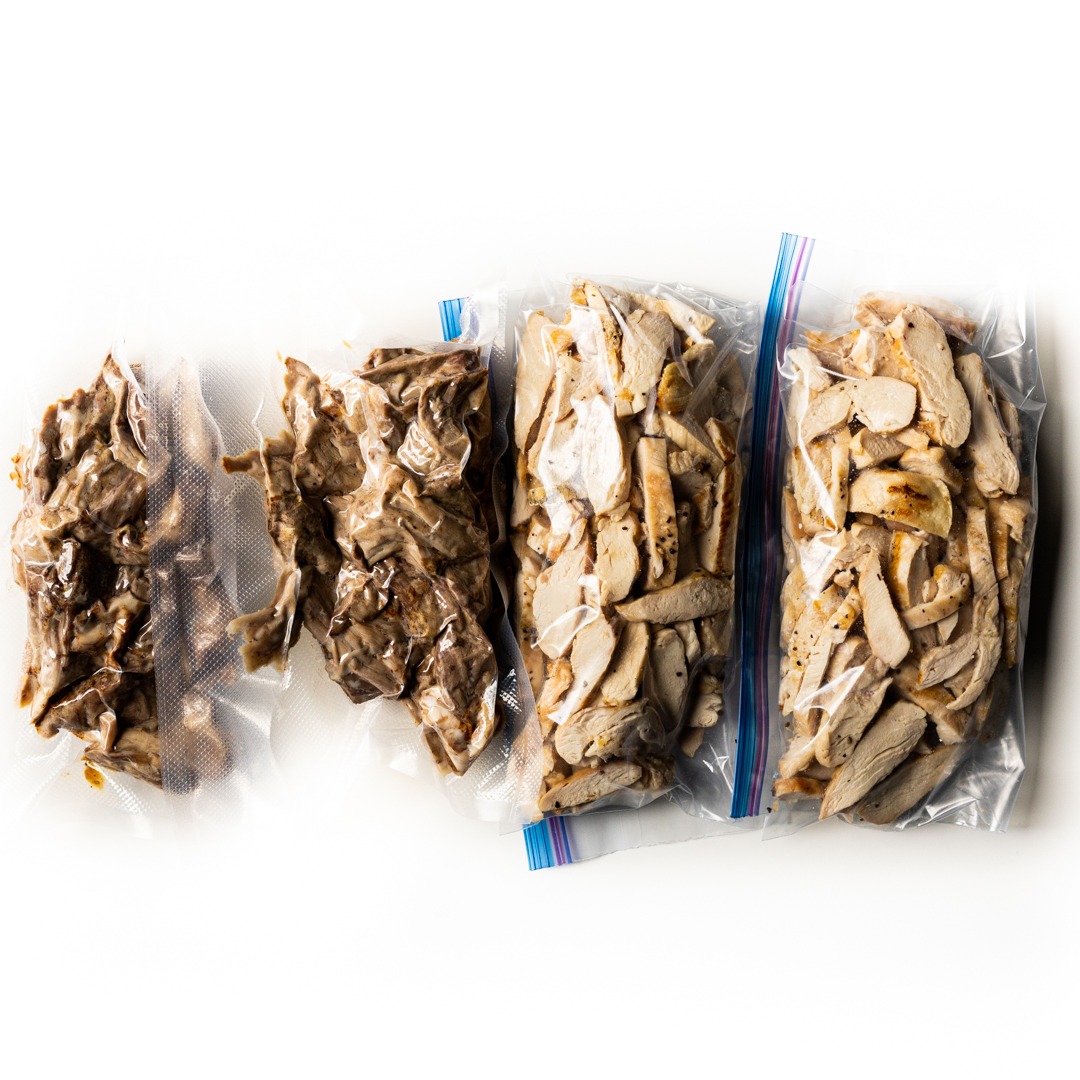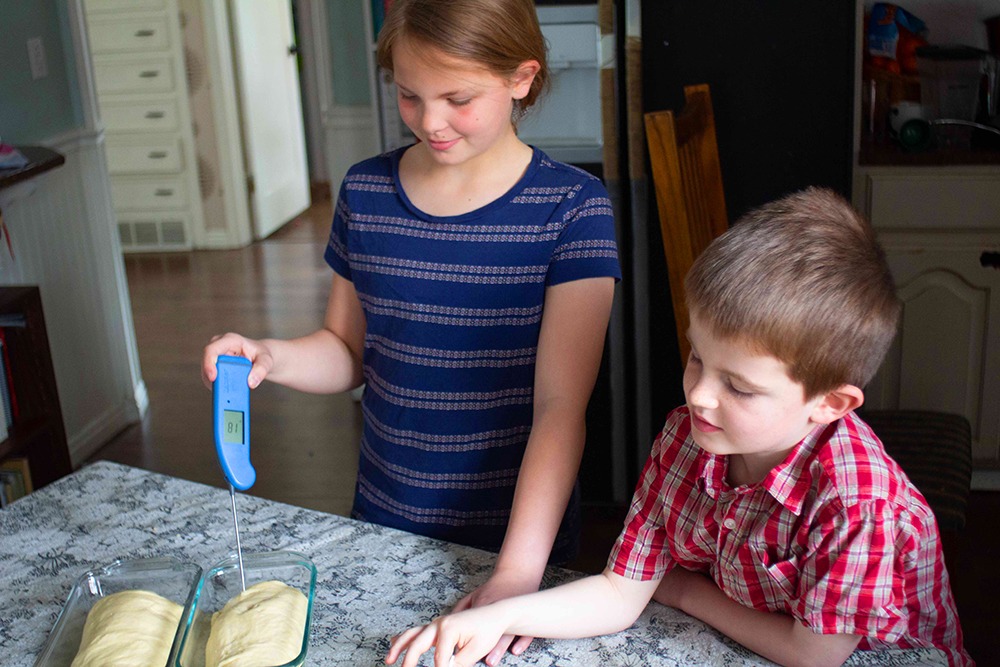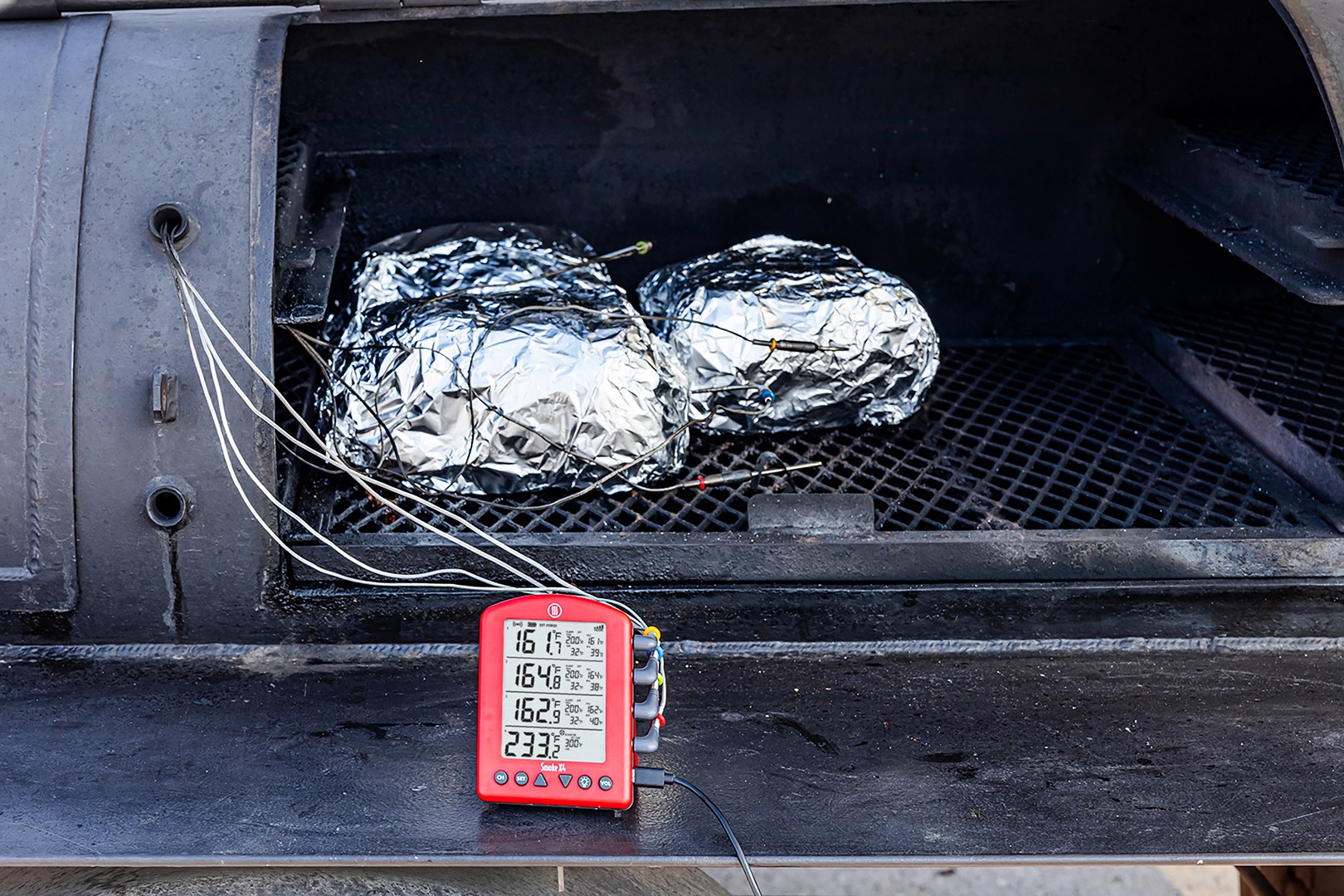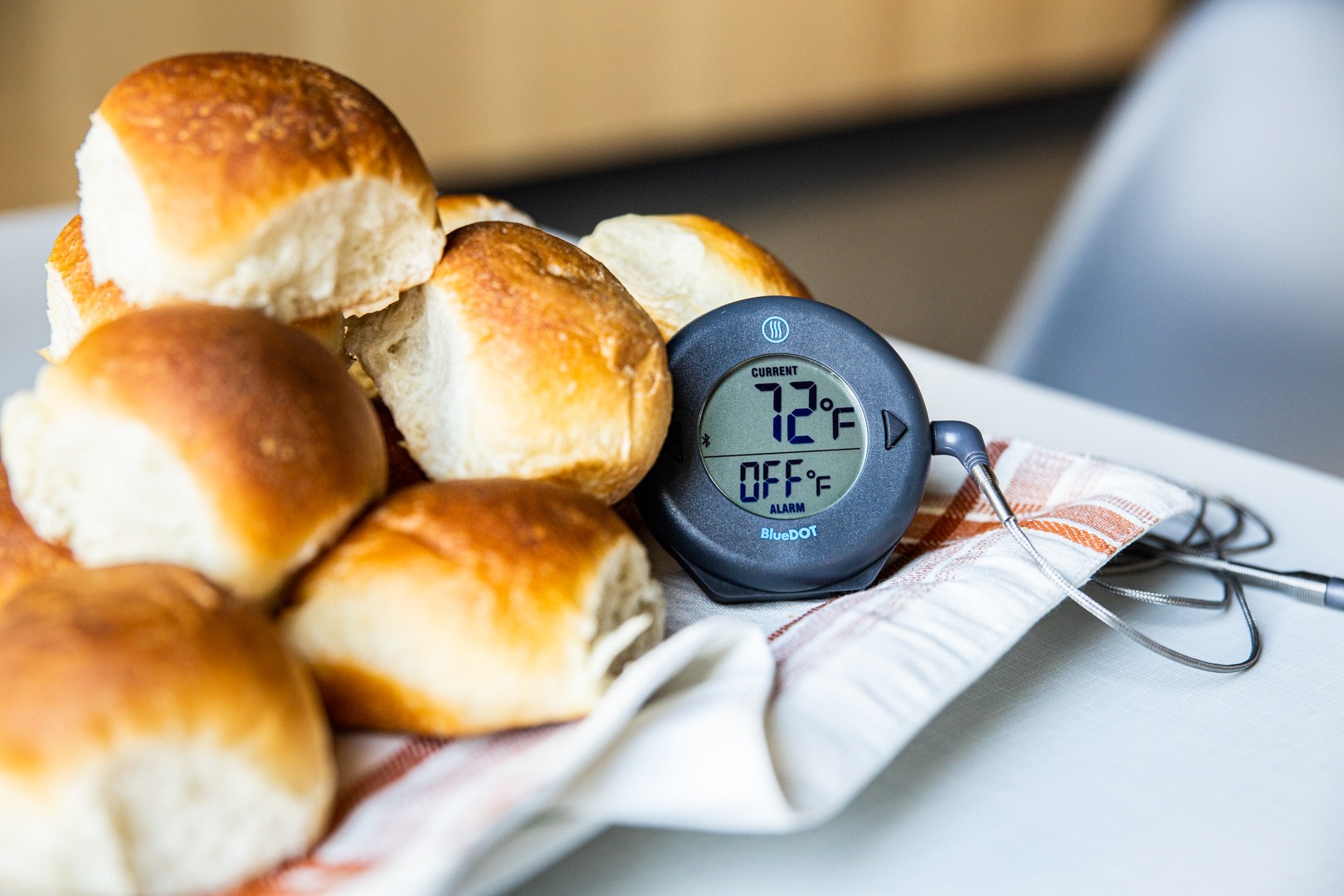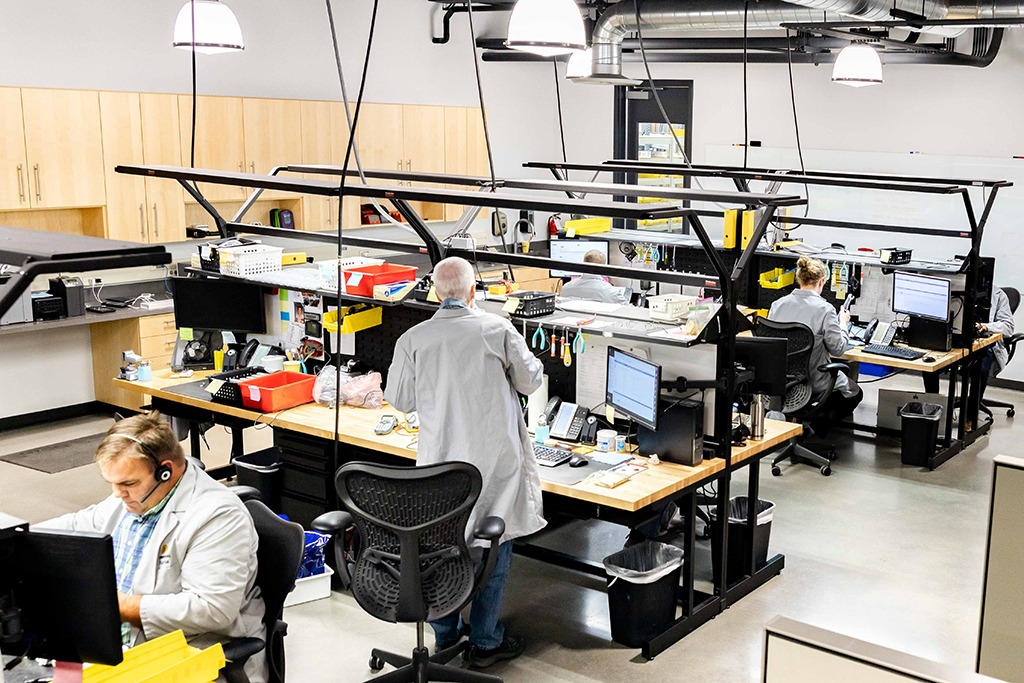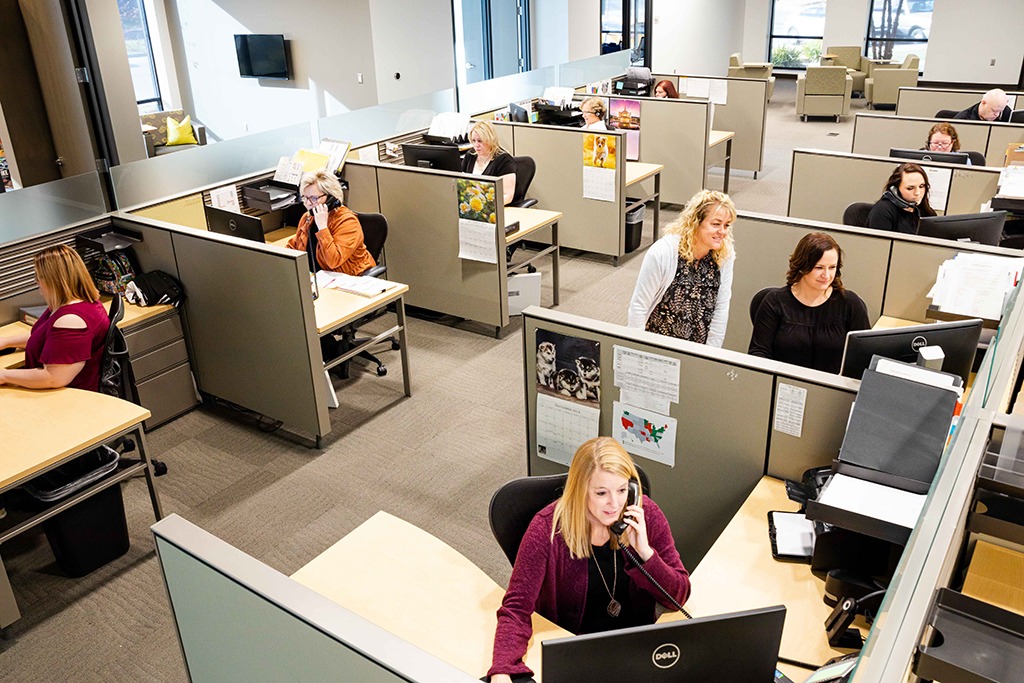Meal Prep: Temperature Considerations for Getting Ahead on Your Dinners
If you’re like me, then—despite your love of good food—you often don’t want to go through the trouble of cooking a delicious dinner every night. You know that your food is better than fast food, and honestly probably as good or better than most other restaurants, too. Home-cooked food often is! But despite how good…


